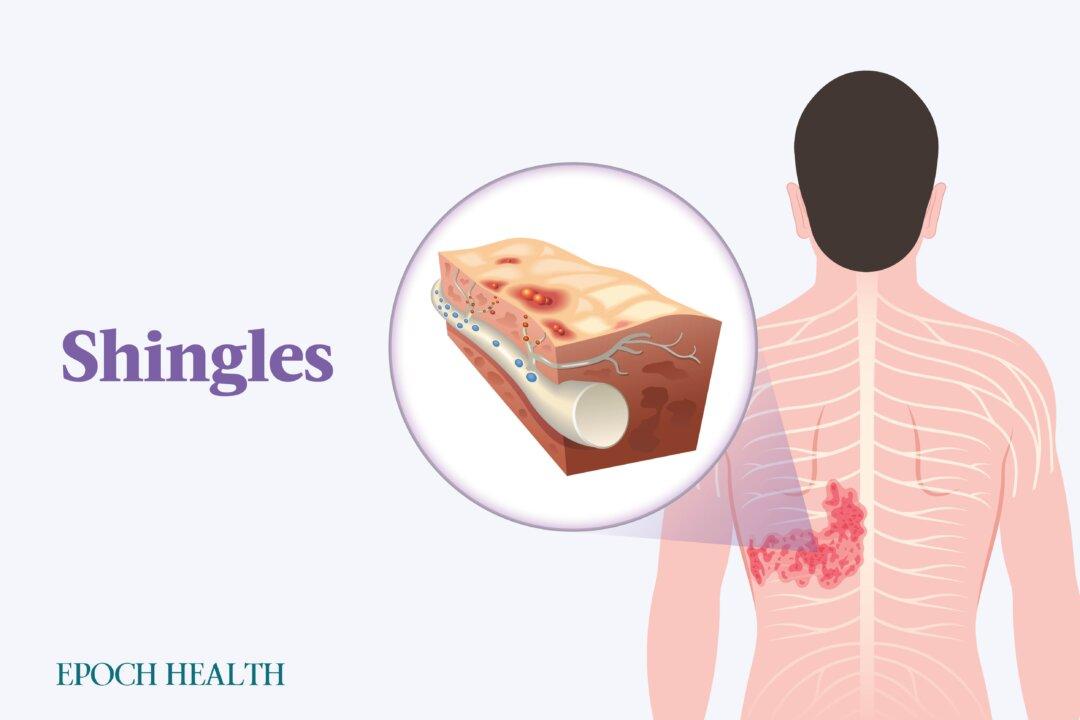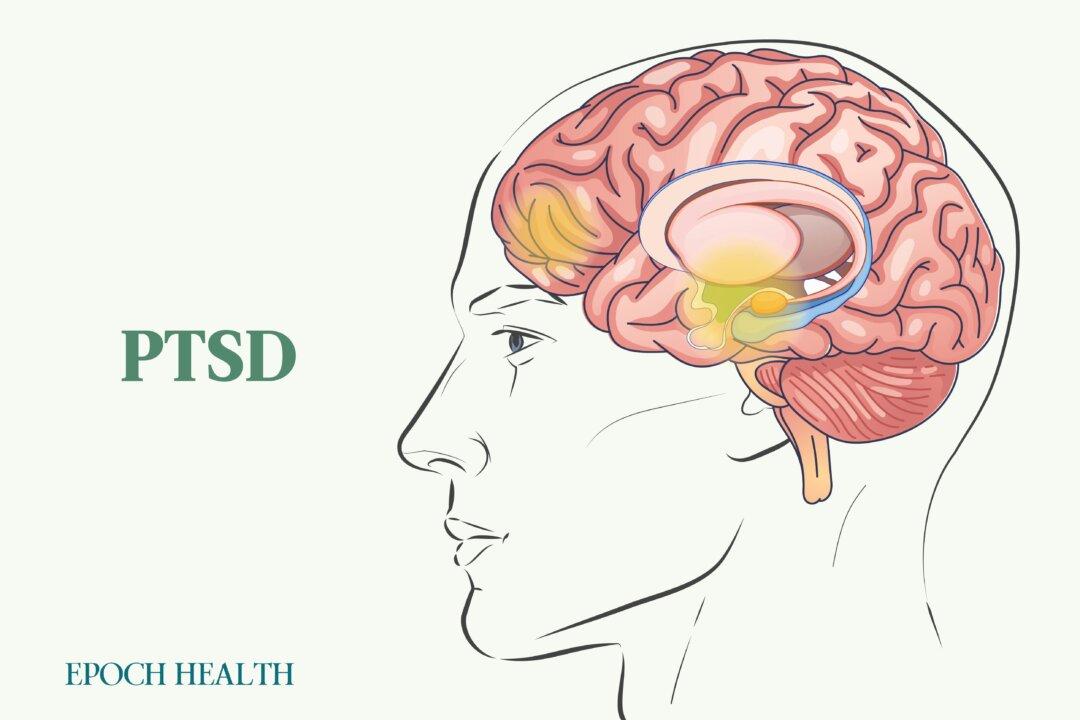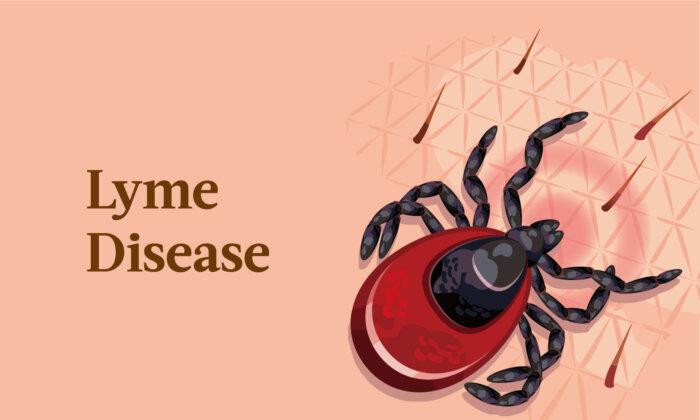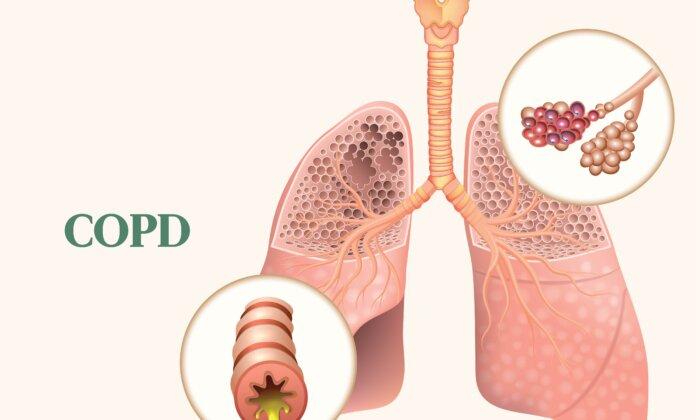Bipolar disorder, formerly known as manic depression, is fairly common, with 1 in 100 people diagnosed at some point in their lives globally. The statistic is slightly higher in the United States, with nearly 3 percent of the population experiencing the disorder annually. Nearly 83 percent of cases are considered severe. While incidence rates are currently unclear, bipolar disorder is typically diagnosed between 15 and 19 and rarely after 40.
Part of the challenge of diagnosing bipolar disorder is that it involves a psychological examination in which an individual is questioned regarding their symptoms, family history, and overall mental health status. Many of these answers are often subjective and may not initially point directly toward a bipolar disorder diagnosis.
What Are the Types of Bipolar Disorder?
Several types of bipolar disorder can develop. Because it is a brain condition that changes a person’s mood, energy, and often the ability to function, it is common for people with bipolar disorder to experience intense emotional states that typically occur for set periods. A key categorization between those who experience mood swings and those with bipolar disorder is the length of time episodes last, with bipolar disorder affecting the mood for several days at a time.
Bipolar 1 Disorder
This is when a person experiences a manic episode. During manic episodes, people will have extreme changes in energy levels, which can be positive or negative. A manic episode is at least a week in which a person experiences extremely high and/or low emotions. These changes often result in dysfunctions in work, family life, and/or the ability to manage other responsibilities. Depressive episodes also occur and, as a rule, persist for about two weeks or more. If an individual is experiencing very low emotions during this time, it is often referred to as a “major depressive” episode. Hypomanic episodes may also follow manic episodes. During hypomania, the energy level remains high, as does inflated self-esteem. However, symptoms are not as extreme and last only a few days.Bipolar 2 Disorder
People who experience bipolar 2 disorder have at least one major depressive episode and one hypomanic episode. These hypomanic episodes are less severe than the manic episodes experienced by people with bipolar 1 disorder.Cyclothymic Disorder
This is a milder form of bipolar disorder typically involving many mood swings, with both hypomania and depressive symptoms occurring. People with cyclothymic disorder often have a lot of emotional ups and downs, but symptoms are less severe than people with bipolar 1 or 2 disorders. Symptom recurrence happens for at least two years, and the mood swings do not cease for more than two months at a time.Unspecified or Other Specified Bipolar
If a person fails to meet the criteria for the other types of bipolar disorder yet presents with clinically relevant abnormal mood fluctuations, he or she will belong to this type.What Are the Symptoms and Early Signs of Bipolar Disorder?
The main sign or symptom of bipolar disorder is a manic episode that lasts at least one week and may include hypomanic episodes.
Because the experience of bipolar disorder is individualized, symptoms may vary from person to person. However, the following symptoms may be common in a manic episode:
- Constant changes in mood state or mood swings.
- Extreme emotional states, both high and low.
- Sudden, severe changes in moods.
- Restlessness.
- Fast speech and thoughts.
- Increased energy.
- Poor judgment.
- Increased impulsivity.
- Reckless behavior.
- Unrealistic feelings of importance.
- Psychosis.
- Increased feelings of positivity and/or productivity.
- Mood swings.
- Extreme sadness.
- Low energy.
- Lack of motivation.
- Feeling worthless or hopeless.
- Difficulty focusing.
- Irritability.
- Increased need for sleep.
What Causes Bipolar Disorder?
The exact cause of bipolar disorder is not known. There are several factors believed to cause bipolar disorder, including:
- Genetics: It is thought that bipolar disorder carries a genetic tie and can run in the family. It is one of the most heritable psychiatric conditions identified—whether environmental or genetic. Over two-thirds of patients have at least one close biological relative with the disorder.
- Imbalances or altered areas of the brain: Chemical imbalances in the brain may cause bipolar disorder. Neurotransmitters in the brain, like serotonin, norepinephrine, and dopamine, can be affected, causing individuals to fall symptomatic. Gray matter or hippocampus volume may also be reduced in bipolar people.
- Stress: Examples can include deterioration of relationships, abuse, illness, risk to livelihood, and/or death of loved ones.
- Physical illness.
- Sleep disturbances.

Although the exact cause of bipolar disorder is unknown, experts believe it may result from an imbalance of brain chemicals, physical abnormalities in the brain, genetics, or environmental factors. A combination of factors may also be the cause. Illustrations from Shutterstock/Designed by The Epoch Times
Who Is at Risk of Bipolar Disorder?
As mentioned above, bipolar disorder can be triggered by various factors, including genetics, stress, and imbalances. The causes of bipolar disorder overlap with the category of those more likely to develop the condition.
Bipolar disorder is thought to affect both men and women fairly equally, and there are not enough studies to determine if being of a particular ethnicity plays any factor in increasing the likelihood of developing it. The following are factors that may increase your risk:
- Family history: Having an immediate relative with bipolar disorder increases your risk.
- Age: While bipolar disorder can develop at any age, it is most common among people aged 18 to 29.
- Other mental illness: People with seasonal affective disorder are more prone to develop bipolar disorder eventually. Many people with bipolar disorder also suffer from an anxiety disorder, and about half of bipolar people have a coexisting psychiatric disorder.
- Drug or alcohol dependence: There is a link between substance abuse and bipolar disorder, with about 60 percent of patients presenting with drug or alcohol dependence.
- Traumatic events or stress: People experiencing high stress or a traumatic event, such as the death of a loved one, are more likely to develop the disorder.
How Is Bipolar Disorder Diagnosed?
While there are several screening and diagnostic tests for bipolar disorder, typically, people are not screened unless they present with symptoms. For someone experiencing symptoms, the following tests can be completed to confirm and/or rule out a diagnosis:
- Physical exam and laboratory tests: This will help rule out underlying medical conditions that could be causing symptoms.
- Psychiatric assessment: Typically, a doctor will complete a psychiatric evaluation to see if there is a family history of bipolar disorder and to assess the current state of mental health. Questions typically surround how long an individual has been feeling symptomatic, how long symptoms generally last, and the severity of symptoms. This assessment may also ask questions surrounding one’s lifestyle habits, if a person uses drugs and/or alcohol, and a practitioner may consult and question friends and family as well.
- Mood charting: Sometimes, as part of the psychological evaluation, a practitioner will ask an individual to keep track of their moods, sleep, symptoms, etc., to help find the right treatment plan and type of bipolar disorder.
What Are the Complications of Bipolar Disorder?
Someone diagnosed with bipolar disorder may experience potential complications in day-to-day functioning due to the significant mood changes that often coincide with the disorder.
Some of the most common complications include:
- Substance abuse: Because of the mental health toll that bipolar disorder can have on some individuals, many people may turn to substances to aid in coping after its onset. If you or someone you know is struggling with bipolar disorder and/or substance abuse, consulting a qualified team of health care providers is essential for optimizing outcomes.
- Additional mental health concerns: Someone with bipolar disorder may experience additional mental health conditions such as anxiety and/or depression due to having bipolar disorder.
- Comorbidities: Some studies indicate that those with bipolar disorder suffer from other comorbidities, such as an increased risk of cardiovascular disease, obesity, diabetes, and hypertension. Because mental health conditions can commonly correlate with how people care for their physical health, there are thought to be significant links between poor mental health and/or bipolar disorder and poorer overall states of physical health.
- Suicide: About 1 in 5 people with bipolar disorder commit suicide. Call 911 or the Suicide and Crisis Lifeline at 988 if you are having suicidal thoughts.
What Are the Treatments for Bipolar Disorder?
The treatments for bipolar disorder vary based on a person’s age, symptoms, and severity. Common treatments involve medications, psychotherapy, or both.
Medications
The most common medications for bipolar disorder are mood stabilizers. It is important to note that all drugs can come with side effects and must be prescribed and monitored by a qualified team of health care professionals for efficacy and safety. The following mood stabilizers may be used in treating bipolar disorder:- Lithium is a mood-stabilizing drug that helps people with symptoms of mania and depression.
- Anticonvulsants are mood stabilizers that include divalproex sodium, lamotrigine, and valproic acid.
- Antipsychotics include olanzapine, risperidone, quetiapine, lurasidone, aripiprazole, and asenapine.
- Antidepressants include serotonin-reuptake inhibitors (SSRIs), serotonin, norepinephrine-reuptake inhibitors (SNRIs), monoamine oxidase inhibitors (MAOIs), and tricyclics. These medications can sometimes exacerbate mania, so they may be prescribed with other medications to mitigate this side effect.
- Benzodiazepines are medications like alprazolam, chlordiazepoxide, clonazepam, diazepam, and lorazepam, often prescribed for their anxiety-reducing properties.
Psychotherapy
This is often used as part of a treatment plan alongside medication. Some therapeutic measures may include psychoeducation to learn more about bipolar disorder, cognitive behavioral therapy (CBT) to reduce symptoms of depression, and/or family therapy to work in the context of a person’s relationships.How Does Mindset Affect Bipolar Disorder?
Because bipolar disorder is a mental health condition, getting to a space with managing bipolar disorder so that a person can maintain a more positive mindset is critical.
Research indicates there are higher instances of relapse in bipolar disorder in those who have more pessimistic belief patterns compared to those who aim to keep a more positive outlook. Because many people with bipolar disorder commonly feel lows more strongly than highs, management of mindset is critical.
Because the diagnosis of bipolar disorder is sometimes difficult to cope with, an individual must set themselves up with a well-rounded, appropriate care team to optimize overall health management.
Some of the most common concerns for people living with bipolar disorder include:
- How others may perceive the disorder.
- How it may affect day-to-day functioning.
- Worries about passing the disorder on to children.
- How it may affect dating/one’s personal life.
What Are the Natural Approaches to Bipolar Disorder?
While medication and therapy are the usual approaches to treating bipolar disorder, some natural approaches can aid in symptom management.
Supplements
- Omega-3s: Some research indicates that adequate fish oil supplementation can aid in reducing symptoms for people with bipolar disorder. Because fish oil contains omega-3s that interact with mood-related neurotransmitters to improve binding and signaling, thus stabilizing moods, people with bipolar disorder may benefit from regular, high-quality fish oil supplements. Omega-3 fatty acids also decrease inflammation.
- NAC: N-acetyl-L-cysteine (NAC) is another supplement that has been studied in people with bipolar disorder. While more research is warranted, NAC is thought to have an antioxidant-like effect, aiding in dopamine release and increased levels of neurogenesis in the brain.
- Inositol: Though referred to as vitamin B8, inositol isn’t a vitamin. It has been shown to help reduce symptoms for some people with bipolar disorder due to the natural depletion of inositol that can occur for people taking bipolar disorder medications. This supplement has shown some promise for people with bipolar disorder, though additional research is needed. The supplementation of inositol is controversial if taking lithium or valproic acid and should be discussed with your doctor.
- Choline: One systematic review found that therapy with the water-soluble vitamin choline substantially reduced symptoms of mania in five of six rapid-cycling bipolar patients, and four had reduced depressive and manic symptoms.
Lifestyle Changes
As mentioned above, caring for one’s body aids in improving one’s mental health. Regular exercise, sufficient sleep, and a well-balanced diet help stabilize general physiological. Regular exercise helps to stabilize mood and release natural dopamine. Sleep aids in brain restoration and helps to reduce irritability. A well-balanced diet inclusive of omega-3 fatty acids and anti-inflammatory antioxidants aids in feeding the brain and promoting a positive chemical balance.A type of psychotherapy called interpersonal and social rhythm therapy (IPSRT) also shows promise in treating the symptoms of bipolar disorder. IPSRT aims to address circadian rhythm dysregulation, provide psychotherapy sessions, and educate patients on how to better adhere to pharmacological treatments. One real-world, controlled trial found the treatment reduced patients’ symptom burden for over six months.
How Can I Prevent Bipolar Disorder?
While there is no guaranteed way to completely eradicate the chances of developing bipolar disorder, there are several steps you can take to reduce the chances of it evolving into an unmanageable condition.
Some of the best ways to reduce your risk of worsening bipolar disorder have to do with lifestyle habits, including:
- Staying attentive: If you are genetically predisposed to bipolar disorder or are worried about symptom development, paying attention to regular warning signs is essential. If symptoms begin to develop, addressing them early leads to better outcomes. Enlisting the help of friends, family, and/or health care providers to keep you accountable for looking for symptoms can be helpful.
- Maintaining healthy habits: Keeping up with regular self-care, like exercising and eating well, is important for reducing the risk of developing and/or exacerbating bipolar disorder. In addition, avoiding the use of drugs and alcohol is necessary, as substances such as these can aggravate symptoms and/or increase the likelihood of symptom recurrence.
- Eating a nutritious, whole-food diet: Evidence suggests a decreased risk of developing mood disorders in people who eat good-quality protein, lots of fruits and vegetables, legumes, whole grains, and nuts compared to those who eat a Western diet, especially one that is highly processed. Therefore, maintaining a diverse and healthy gut microbiome may help stave off mental illness.
- Keeping up with medication: Taking your medications regularly and as directed is important for managing symptom prevalence and recurrence. Stopping medication preemptively without proper supervision from a health care provider may cause symptoms to worsen or return.







